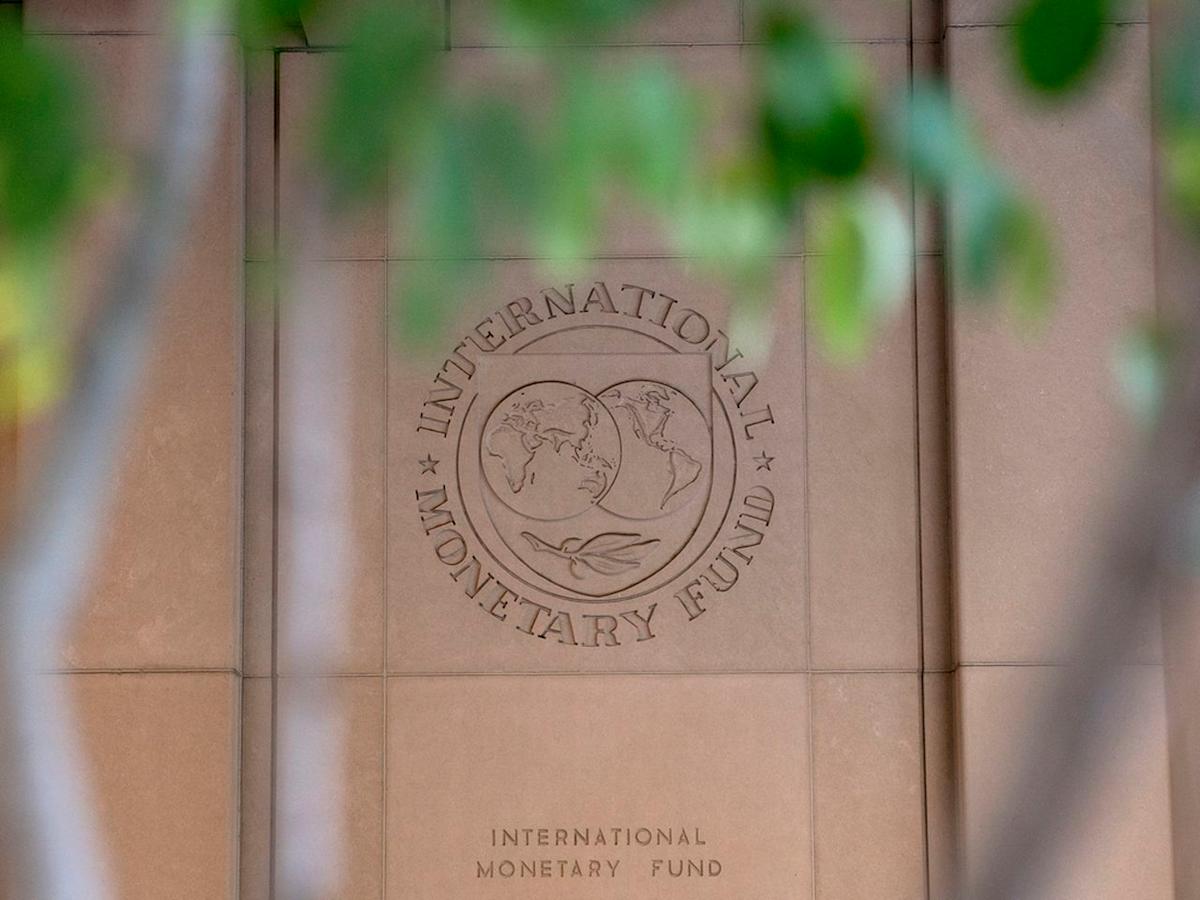The International Monetary Fund headquarters in Washington, D.C. (Credit: STEFANI REYNOLDS/AFP via Getty Images files)
Canada’s financial system remains broadly resilient despite mounting economic uncertainty, the International Monetary Fund (IMF) said in its latest assessment — but warned that rising household debt, mortgage renewals and gaps in cyber and pension oversight could expose vulnerabilities in the years ahead.
In its 2025 Financial System Stability Assessment (FSSA), the IMF said Canada’s big banks, insurers and pension funds are well-capitalized and capable of withstanding major economic shocks.
However, the report flagged growing risks tied to a wave of upcoming mortgage renewals, high household debt levels and a lack of coordination among financial regulators — including the Office of the Superintendent of Financial Institutions (OSFI), the Bank of Canada and provincial authorities — in responding to systemic threats such as cyberattacks, housing market shocks and climate-related disruptions.
For the banking and financial sector, the report said “total assets of financial institutions reached 756 per cent of GDP in 2024, increasing by 43.3 per cent since 2019.” Non-bank financial institutions (NBFIs) have become a dominant force in the sector, now accounting for 65 per cent of total assets.
Since the last IMF review in 2019, the NBFI sector has expanded significantly, with investment fund assets growing from $2.6 trillion in 2020 to $3 trillion in 2023 — roughly 110 per cent of GDP. Canada’s insurance market ranked ninth globally in terms of written premiums, according to the report.
Pension funds continue to play an outsized role, holding $2.2 trillion in assets in 2023, or about 75 per cent of GDP — one of the largest pension sectors in the G7.
The IMF notes that while NBFIs remained resilient, data gaps and inconsistent oversight remain concerns, particularly for large pension plans. The sector has grown in size and importance since the 2019 assessment but regulatory coordination has not kept pace.
The report said the banking sector’s Common Equity Tier 1 (CET1) ratio is 13 per cent. The CET1 ratio measures a bank’s core capital relative to its risk-weighted assets, indicating its ability to absorb losses. A higher ratio signals strong financial health and compliance with global regulatory standards.
A 13 per cent CET1 ratio indicates that Canadian banks are well-capitalized — significantly above the international regulatory minimum of 4.5 per cent, and even above the commonly recommended levels of around 10–11 per cent. This gives them a strong buffer to absorb losses in times of economic stress.
The report raised concerns about the real estate market in Canada. “As of December 2024, approximately 60 per cent of mortgages will renew by 2026 at likely higher rates, which could increase payment burdens and delinquencies if economic conditions deteriorate,” it said.
Story Continues
